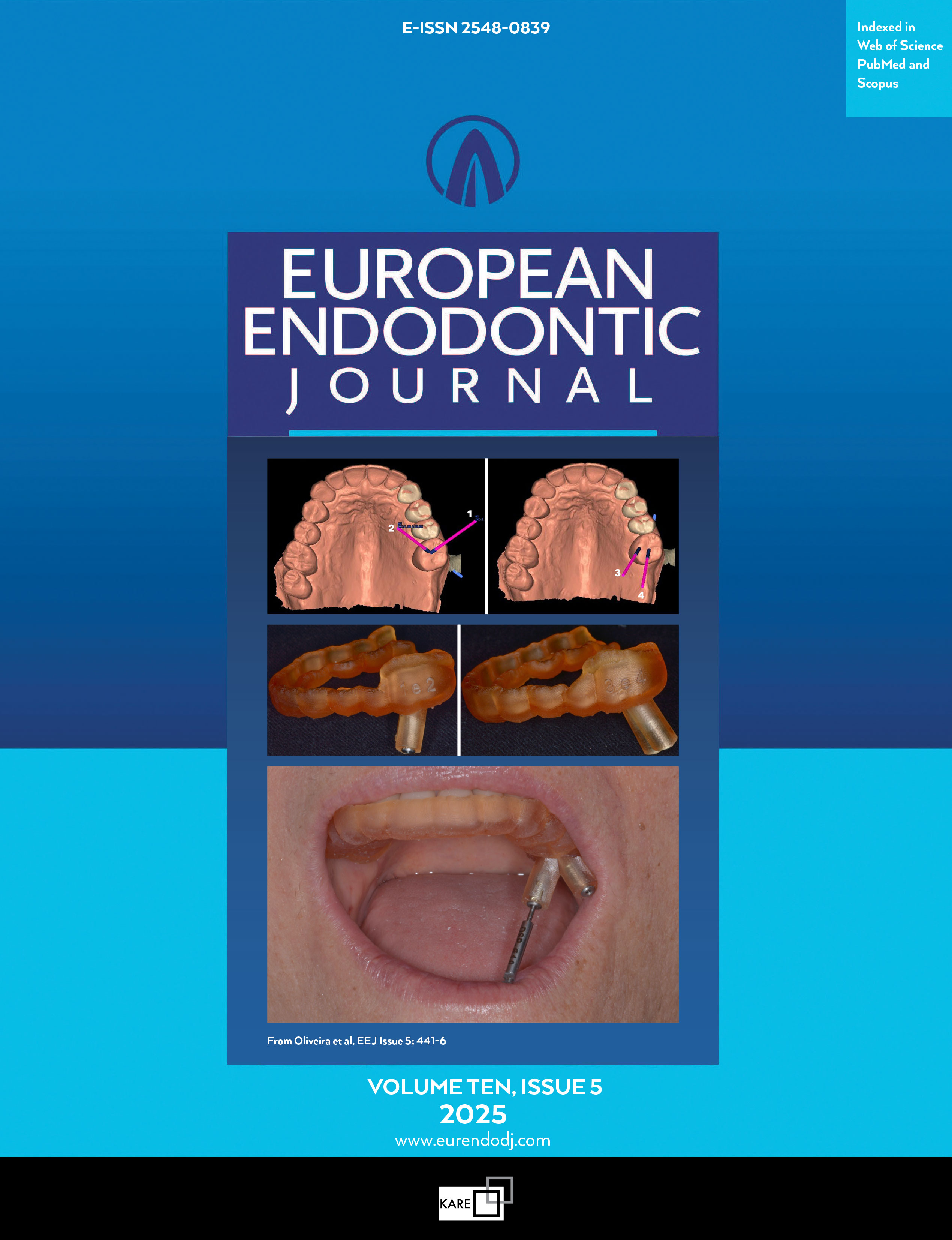Metrics
2024 IMPACT FACTOR
5 year Impact Factor
Eigenfactor Score
2024 CiteScore
Journal Citation Reports
(Clarivate 2025, JIF Rank)
Application of a new System for Classifying Root and Canal Anatomy in Clinical Practice Explanation and Elaboration
Hany Mohamed Aly Ahmed1, Ahmed Abdel Rahman Hashem2, Paul Michael Howell Dummer31Department of Restorative Dentistry, Faculty of Dentistry, University of Malaya, Kuala Lumpur2Department of Endodontics, Faculty of Dentistry, Ain Shams University, Cairo, Egypt
3Department of Endodontics, School of Dentistry, College of Biomedical and Life Sciences, Cardiff University, Cardiff, UK
Adequate understanding and accurate characterization of normal and unusual root and canal morphology are essential requirements for successful root canal treatment. A new coding system for classifying root and canal morphology, accessory canals and anomalies has been introduced. In addition to technological advances related to experimental studies involving micro-computed tomography, the continuing clinical advances in magnification, illumination, imaging and intra-operative root canal treatment procedures have allowed clinicians to identify an increasingly wide range of anatomical variations in roots and canals in an attempt to achieve more predictable clinical outcomes. This review aims to provide a step-by-step explanation for the clinical application of the new coding system in dental practice, and to describe the anatomical variations in roots and canals for teeth scheduled for root canal treatment. (EEJ-2021-01-08)
Keywords: Accessory canals, anatomy, anomalies, canal configuration, clinical practice, endodontics, new coding system, root, root canal morphologyManuscript Language: English
(1391 downloaded)


